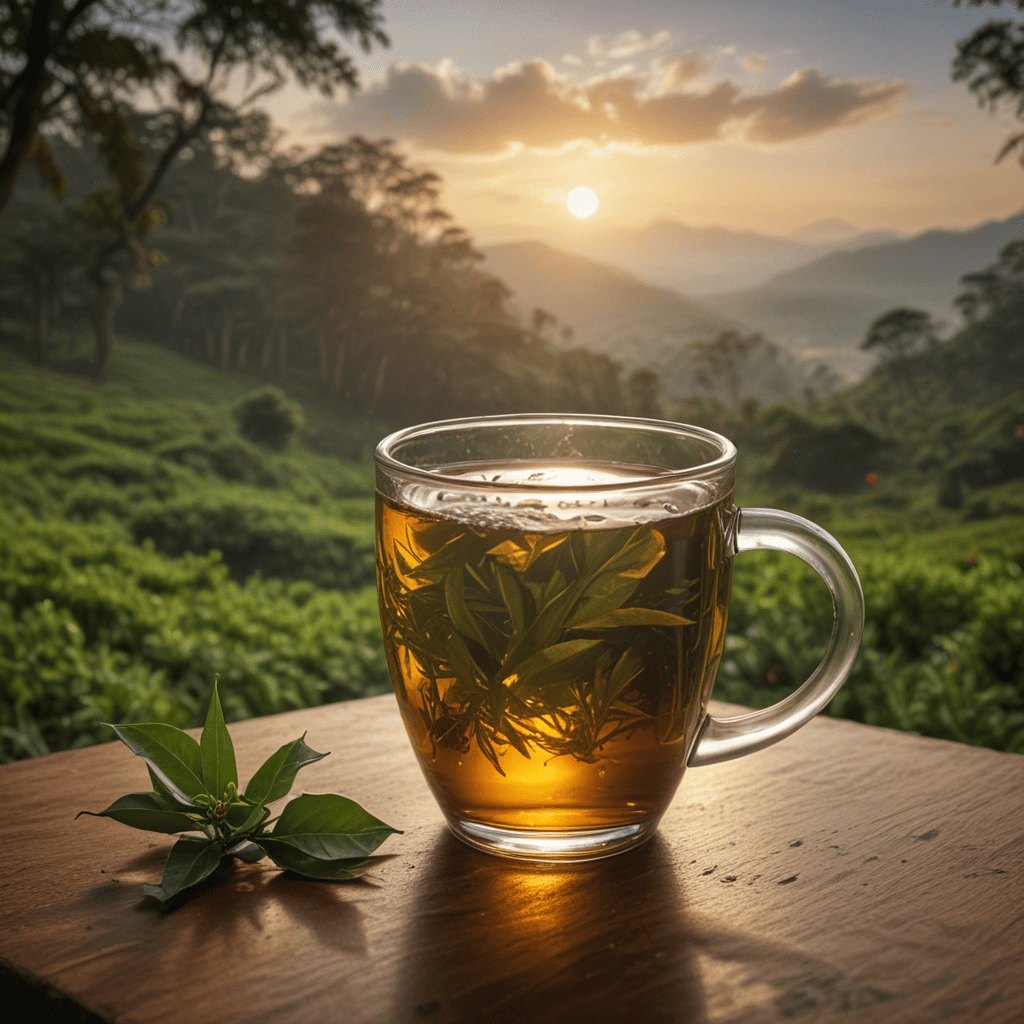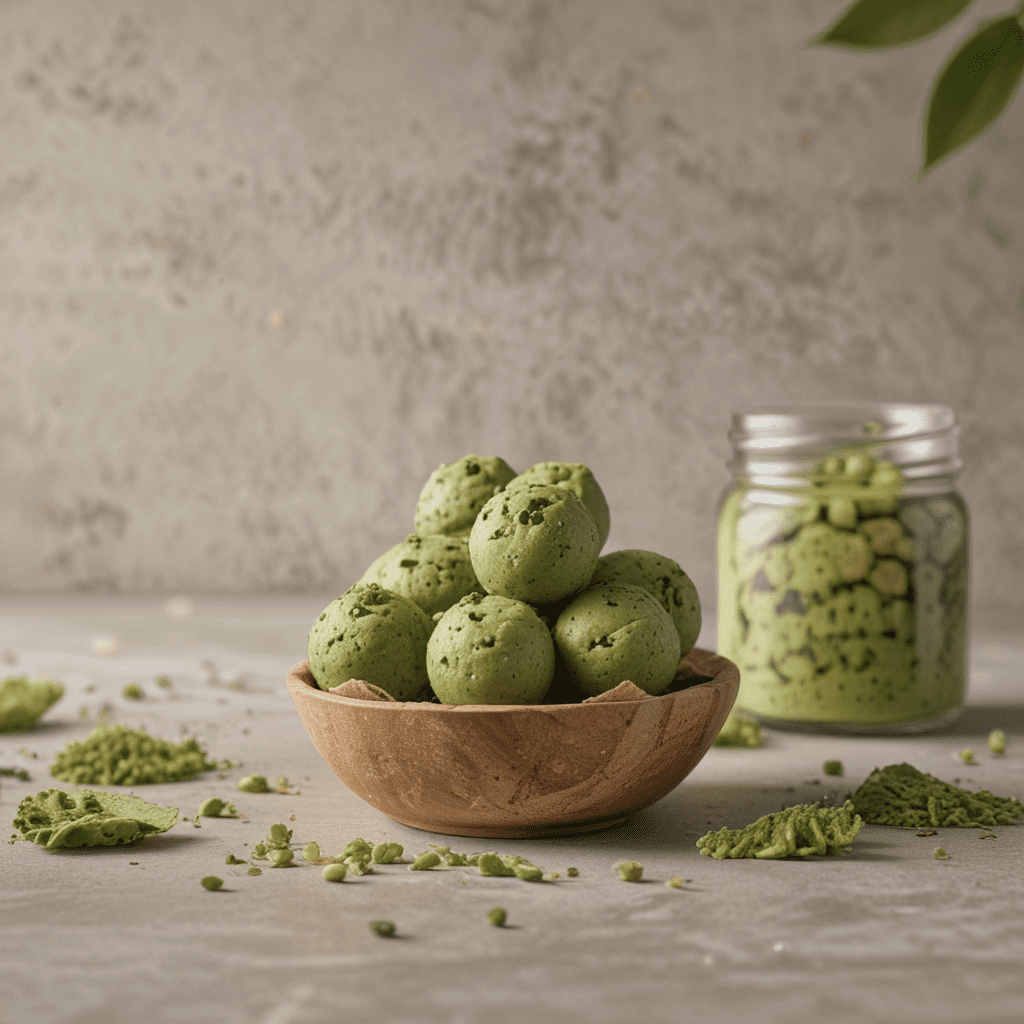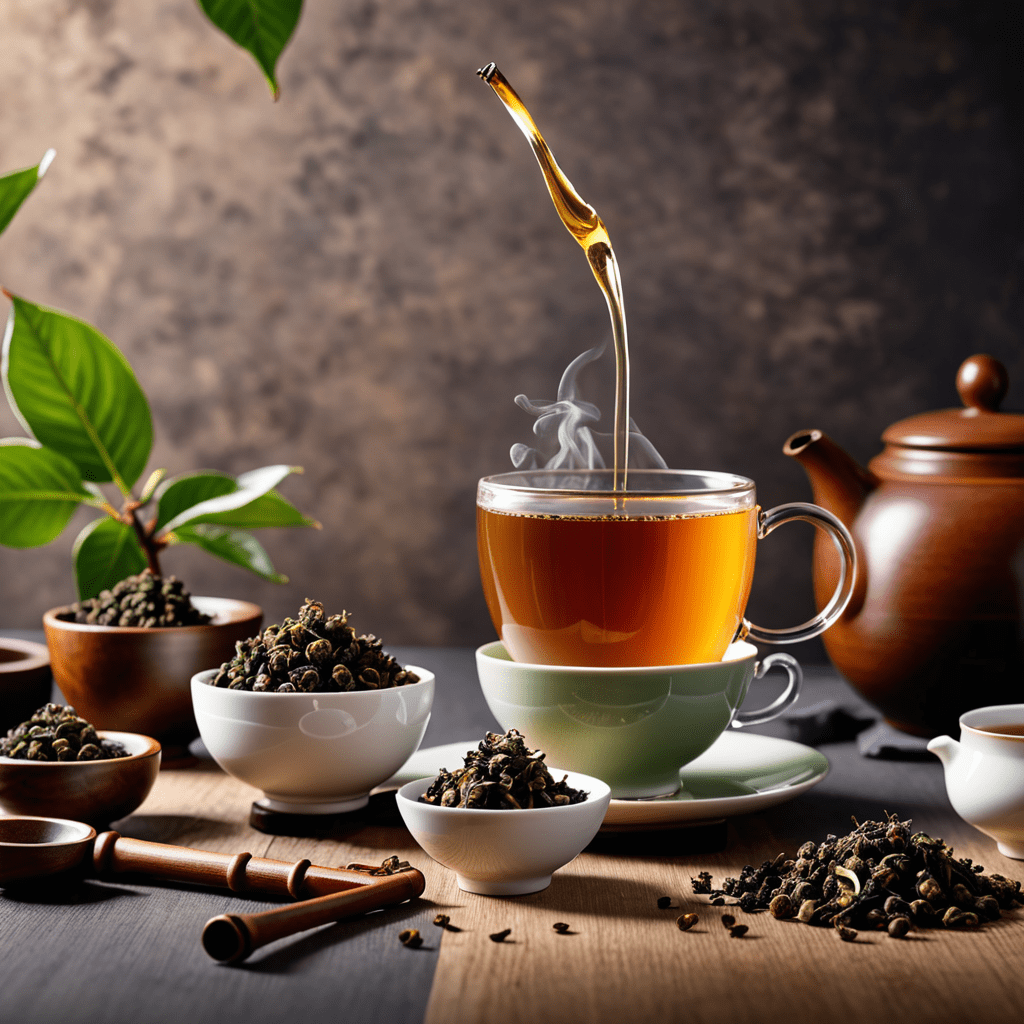Ceylon Tea: A Journey Through Sri Lankan Landscapes
1. The Tea Plant: An Introduction
Ceylon tea, renowned for its exquisite aroma and distinctive flavor, originates from the lush landscapes of Sri Lanka. Derived from the tea plant, Camellia sinensis, this celebrated beverage has played an integral role in shaping Sri Lankan history and culture. The plant is an evergreen shrub that thrives in tropical and subtropical climates, typically cultivated at elevations between 1,500 and 6,000 feet. The nutrient-rich soils and ample rainfall found in Sri Lanka provide ideal conditions for the cultivation of high-quality tea.
2. The History of Ceylon Tea
The introduction of tea to Sri Lanka dates back to the mid-19th century, when the British colonial government sought to establish tea plantations as an alternative to coffee, which had been severely affected by disease. In 1867, James Taylor, a Scottish planter, successfully cultivated the first tea bushes in Sri Lanka's Central Province, marking the beginning of the country's tea industry. By the early 20th century, Ceylon tea had gained global recognition for its exceptional quality, and Sri Lanka emerged as one of the world's leading tea producers.
3. The Tea Estates: A Majestic Sight
Across the verdant hills of Sri Lanka, sprawling tea estates paint a picturesque landscape. These vast plantations, often located in remote mountainous regions, are meticulously managed to optimize tea production. Rolling terraces covered in emerald tea bushes stretch as far as the eye can see, creating a mesmerizing spectacle. The estates are not merely agricultural enterprises; they are also living communities, with workers and their families residing amidst the tea fields, contributing to the vibrant social fabric of the region.
4. Nuwara Eliya: The Heartland of Ceylon Tea
Nuwara Eliya, nestled amidst the breathtaking hills of Sri Lanka's Central Province, is widely regarded as the heartland of Ceylon tea. Known as the "City of Light," Nuwara Eliya's high altitude and cool climate provide an exceptional terroir for tea cultivation. The region's tea estates are renowned for producing some of the finest high-grown teas in the world, characterized by their delicate floral notes and exquisite amber color. A visit to Nuwara Eliya offers an immersive experience into the world of Ceylon tea, with opportunities to tour tea factories, witness the tea-plucking process, and indulge in the finest cups of tea.
5. Kandy: The Temple of the Tooth and Tea
The historic city of Kandy, situated in the central highlands of Sri Lanka, is not only a cultural and religious center but also a significant hub for tea production. Nestled amidst verdant hills and tea estates, Kandy is home to the sacred Temple of the Tooth, which houses the relic of Lord Buddha's tooth. The city's rich history and cultural heritage are intertwined with the tea industry, and many tea plantations can be found in its surrounding areas. Visitors can explore the scenic tea estates, marvel at the architectural splendor of the Temple of the Tooth, and immerse themselves in the vibrant cultural tapestry of Kandy.
6. Ella: Where Tea Meets Mountains
Nestled amidst the towering mountains and lush greenery of Sri Lanka's Uva Province, Ella is a picturesque town that seamlessly blends tea plantation landscapes with breathtaking natural beauty. The region's tea estates, perched on steep slopes, offer panoramic views of the surrounding hills and valleys. Visitors can embark on scenic hikes through the tea plantations, immersing themselves in the tranquil ambiance and capturing stunning photographs. While in Ella, indulge in a cup of freshly brewed tea at one of the many charming tea shops, savoring the flavors amidst the breathtaking surroundings.
7. Haputale: A Hidden Gem
Tucked away in the verdant hills of Sri Lanka's Uva Province, Haputale is a hidden gem that showcases the beauty of tea plantations against a backdrop of rolling hills and misty mountains. The region's tea estates, with their neatly manicured terraces, cascade down the slopes, creating a picturesque sight. Visitors can explore the tea plantations, learn about the tea-making process, and relish a cup of freshly brewed tea while soaking in the serene atmosphere. Haputale offers a unique opportunity to experience the charm of Sri Lanka's tea country away from the bustling crowds.
8. The Tea Process: From Plant to Cup
The journey of Ceylon tea from plant to cup is a meticulous process that requires precision and expertise. The tea leaves are carefully handpicked, ensuring only the finest buds and leaves are selected. The picked leaves undergo a series of steps, including withering, rolling, oxidation, and drying, each step contributing to the development of the tea's unique flavor and aroma. The result is a symphony of flavors and aromas that delight tea lovers worldwide.
9. The Impact of Tea on Sri Lankan Society and Culture
Tea has played a pivotal role in shaping Sri Lankan society and culture. The tea industry has been a significant contributor to the country's economic growth and has provided employment to countless individuals. Tea has also become an integral part of Sri Lankan social customs and traditions. The daily ritual of tea drinking brings people together, fostering connections and conversations. Moreover, tea has influenced Sri Lankan cuisine, with tea-infused dishes and sweets becoming culinary delights.
10. The Future of Ceylon Tea
The future of Ceylon tea looks promising. Sri Lanka continues to maintain its position as a leading tea producer, and the demand for high-quality tea remains strong globally. The industry is embracing sustainable practices, ensuring the preservation of the environment for future generations. Additionally, the introduction of innovative tea products and experiences is capturing the attention of new tea enthusiasts. With its rich history, exceptional quality, and enduring appeal, Ceylon tea is poised to continue its journey as a beloved beverage, enjoyed by discerning tea lovers around the world.
FAQ
1. What is the difference between Ceylon tea and other teas?
Ceylon tea is a unique type of tea that is native to Sri Lanka, formerly known as Ceylon. It is renowned for its distinctive flavor and aroma, attributed to its specific growing conditions and processing techniques.
2. Is Ceylon tea black tea?
While Ceylon tea is commonly referred to as black tea, it can also encompass other types of tea, such as green tea and oolong tea, depending on the processing methods employed.
3. How do I brew the perfect cup of Ceylon tea?
To brew the perfect cup of Ceylon tea, use freshly drawn water heated to around 200°F (93°C). Add one teaspoon of loose-leaf tea or one teabag to a teapot or infuser. Steep for 3-5 minutes, depending on your desired strength. Add milk, sugar, or honey to taste, if desired.
4. What are the health benefits of Ceylon tea?
Ceylon tea is rich in antioxidants, which have been linked to various health benefits, including reducing inflammation, improving heart health, and boosting the immune system.
5. Where can I buy Ceylon tea?
Ceylon tea can be found in specialty tea stores, online retailers, and some supermarkets. Look for reputable brands that provide information about the origin and quality of their tea.



